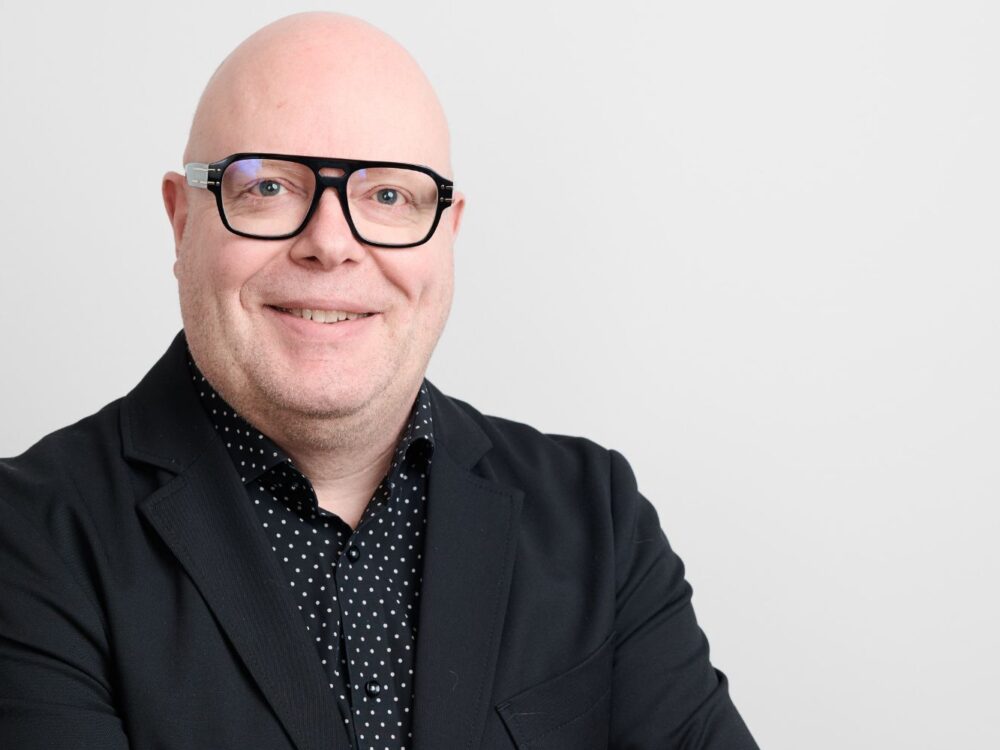
Eight out of ten leading experts in Finland support a change in eye health legislation that would be immediately implementable, break up treatment queues, and save tens of millions of euros. This is evident from a report in which ten experts in healthcare and productivity were interviewed. “There is a hope that the government will listen to the message from such experts. The legislative change would allow optometrists, i.e. licensed opticians with a limited right to prescribe medication, to lighten the workload of ophthalmology specialists. Finland has the longest treatment lines for eye disease patients in the OECD”, sums up Panu Tast, managing director of NÄE ry, which promotes eye health.
Finland, which is currently struggling with a serious financial crisis in the health and social services sector, is on the lookout for new solutions. The Finnish Association of Vision and Eyecare NÄE ry and the Finnish Professionals of Optometry – Soa decided to ask leading experts in the country whether there could be reforms in eye health that would even produce quick benefits. In the report, ten top healthcare and productivity experts were interviewed, and the main message is clear.
“One summary of the responses of these top experts could be that the current eye health care in Finland is ineffective and should be reorganised. There is particularly strong support towards changing the legislation, which is different from the rest of Europe, which would free up and provide ophthalmology specialists with at least 25% more time in order to break up treatment queues for thousands of eye disease patients. The direct financial savings would amount to tens of millions of euros. Patients would save money through the elimination of unnecessary visits to an ophthalmologist, and, at the same time, the service for eye patients would be improved as treatment queues are shortened,” emphasizes Panu Tast, managing director of NÄE ry.
Article 16 of the regulation concerning professionals (in Finnish: ammattihenkilöasetus), which dates back to the 1960s, forces everyone who has experienced an eye operation, even if only for a refractive error, to become clients of ophthalmology specialists. Because of this, up to 150,000 people with healthy eyes have to visit ophthalmologists every year just to have their eyeglasses replaced.
“Eye examinations of operated on, yet healthy, eyes could also be performed by optometrists. Patients with suspected eye diseases are, in any case, referred to ophthalmology specialists, of which there are only about 500 in Finland. We have, in comparison, 1300 optometrists, i.e. licensed opticians. Optometrist training entitles such professionals to the limited prescription of diagnostic medication and qualifies the parties to perform vision and eye health examinations, so the know-how to assess the need for treatment exists,” explains Riikka Torvela, chairperson of Soa. Work is performed in teams: Optic stores often offer the expertise of both optometrists and ophthalmology specialists.
Eight out of ten support the regulation change
In the survey, top experts were asked whether the government should consider a legislative change that would allow optometrists to perform eye examinations on operated eyes. The message to the government is strong and 8/10 experts hope that the government will consider this act. The two other experts declare their position as being “can’t say”, i.e. no one opposed the idea.
Of the interviewees, Mika Keinänen, who has experience gained by 15 years of productivity and effectiveness in the health and social care sector, as well as development tasks at THL, considers the current layout to be “an obvious waste of resources”.
“It is obvious that the need for the services of ophthalmologists is significantly greater for people waiting in treatment queues than for people who are looking for new eyeglasses,” Keinänen explains the most important point.
Otto Toivanen, Economics Professor from Aalto University, agrees along the same lines.
“This seems like an example of how a legislation can cause unnecessary work.”
Panu Tast from NÄE ry emphasizes that some of the top experts have conditional support for the legislative change.
“We wanted to clarify the situation specifically with healthcare and productivity experts who do not have a direct relationship with eye health. That’s why the responsible experts present arguments with reservations, in order to ensure that the legislative change would be safe,” thanks Tast.
According to Heikki Hiilamo, Research Professorat THL, “abandoning section 16 of the legislation would be worthwhile, as long as the risk of unrecognized eye diseases is not increased at the same time”. Miika Linna, Professor of Health Economics from the University of Eastern Finland, puts it this way that “when a visit to the optometrist can be isolated to just an eye examination, then a visit to the doctor is pointless. But, of course, decisions regarding surgery belong to ophthalmologists.”
Division of labour is at the heart of efficiency
The additional responsibility given to optometrists can very well be compared to the authority already held by nurses. There have already been a vast amount of task transfers and nurses are already performing several jobs that previously belonged to doctors. A good example of this is the writing of prescriptions by nurses.
The division of labour is a key phrase for more efficient healthcare, according to several experts. Kristiina Patja, Professor of Health Care at the University of Helsinki, sums up her position very clearly.
“I agree, and I suggest more investigations! All possible divisions of labour should be investigated!”, Patja says.
Leena Forma, Associate Professor of Health Economics, expresses a similar wish but more cautiously.
“I think that it would be worthwhile to think about this, because the division of labour is a really important issue in how health care is organised,” formulates Forma.
As a long-term senior expert in healthcare and economics, Eero Vaissi, who has worked at Sitra, among other places, expresses his position through the general reasonableness of the division of labour.
“We should, without a doubt, act in the direction of making the capacity of optometrists more efficiently used,” states Vaissi.
Ilkka Vohlonen, Professor Emeritus of Health Policy from the University of Eastern Finland, states that “removing the section may very well be reasonable, but, due to the priority of questions related to responsibility for care, my position is “I can’t say’”. According to Vohlonen, there should be reasons why section 16 is necessary in modern times. Pirjo Räsänen, Director of Evaluation at HUS, also states her position that she cannot have an opinion without a more detailed study and comparison with other options. Not one of the interviewees objected to the legislation change, as long as safety is taken care of.
How to move forward? “Comprehensive reforms failed or gone wrong”
The removal of section 16 is currently under consideration in the Ministry of Social Affairs and Health, says Tast, managing director of NÄE ry. The question to be considered is whether section 16 should be removed directly, which the government could easily decide without heavy legislative reform or additional costs, or whether section 16 should also be included as part of the future overall reform. Mika Keinänen, a top expert in social security productivity, urges quick action.
“In Finland, structural and overall reforms have been politically preferred, after which there is still a need to proceed with individual functional reforms in order to realise the benefits of the reforms. Thus, there is no reason not to implement such a single improvement immediately. Throughout my 15-year career, grassroots improvements have waited in vain for comprehensive reforms that have either failed or gone wrong. If a series of smart measures were needed to correct the situation, such as the removal of section 16, significant cost improvements would be achieved,” Keinänen expresses.
The study “Tuottavuusnäkökulma silmäterveyden järjestämiseen (productivity perspective on the organisation of eye healthcare)” was commissioned by NÄE ry and carried out by the strategic communications agency Hopiasepät, which interviewed experts for a total of about 10 hours. The report will be published in its entirety later.
Additional information:
Panu Tast, Managing Director, Finnish Association of Vision and Eyecare NÄE ry, +358 29 3 000 901, panu.tast@naery.fi
Riikka Torvela,Chairperson, Finnish Professionals of Optometry – Soa, +358 40 538 5108, riikka.torvela@erto.fi
Jussi Seppälä, Managing Director, Hopiasepät Oy, +358 50 529 4562, jussi.seppala@hopiasepat.fi

